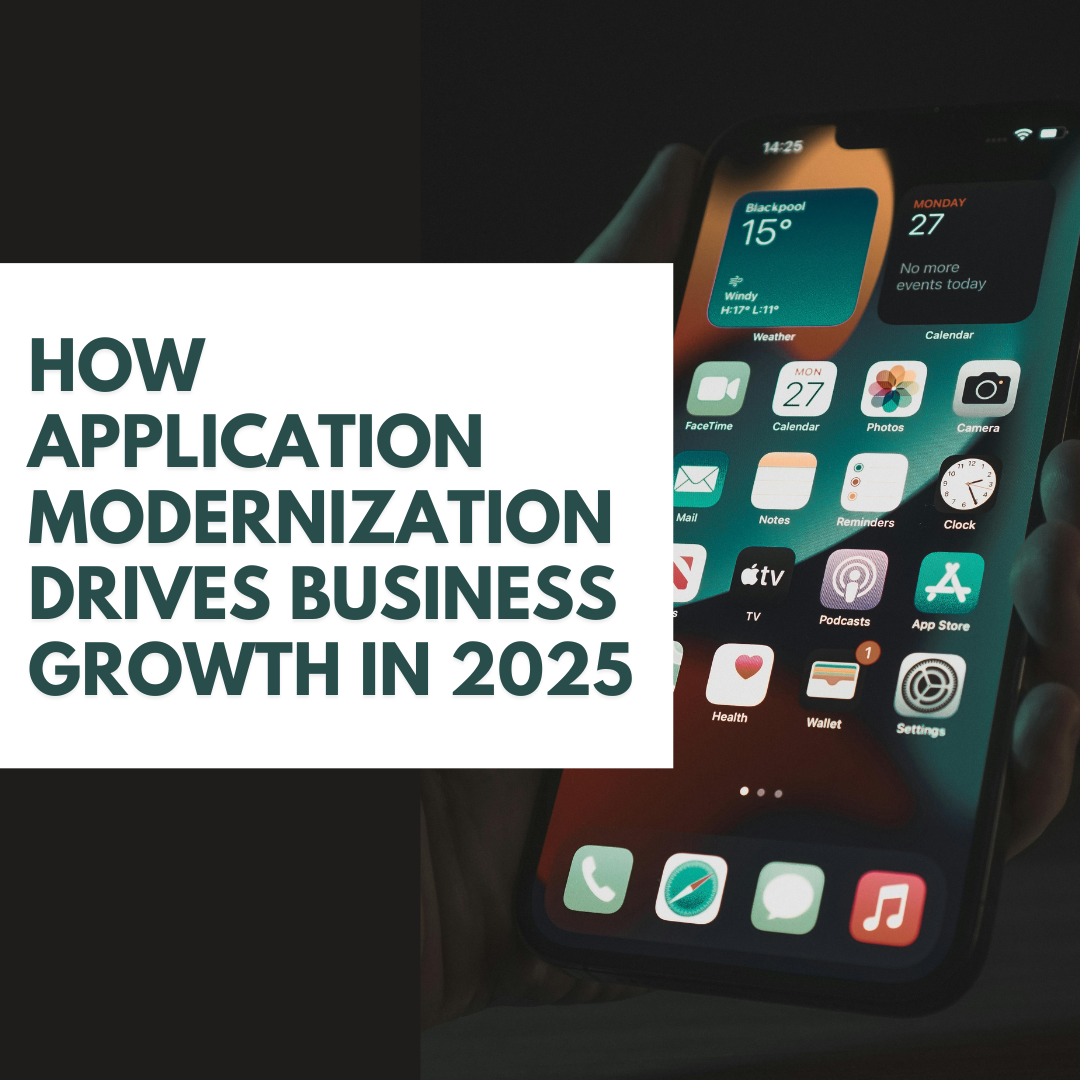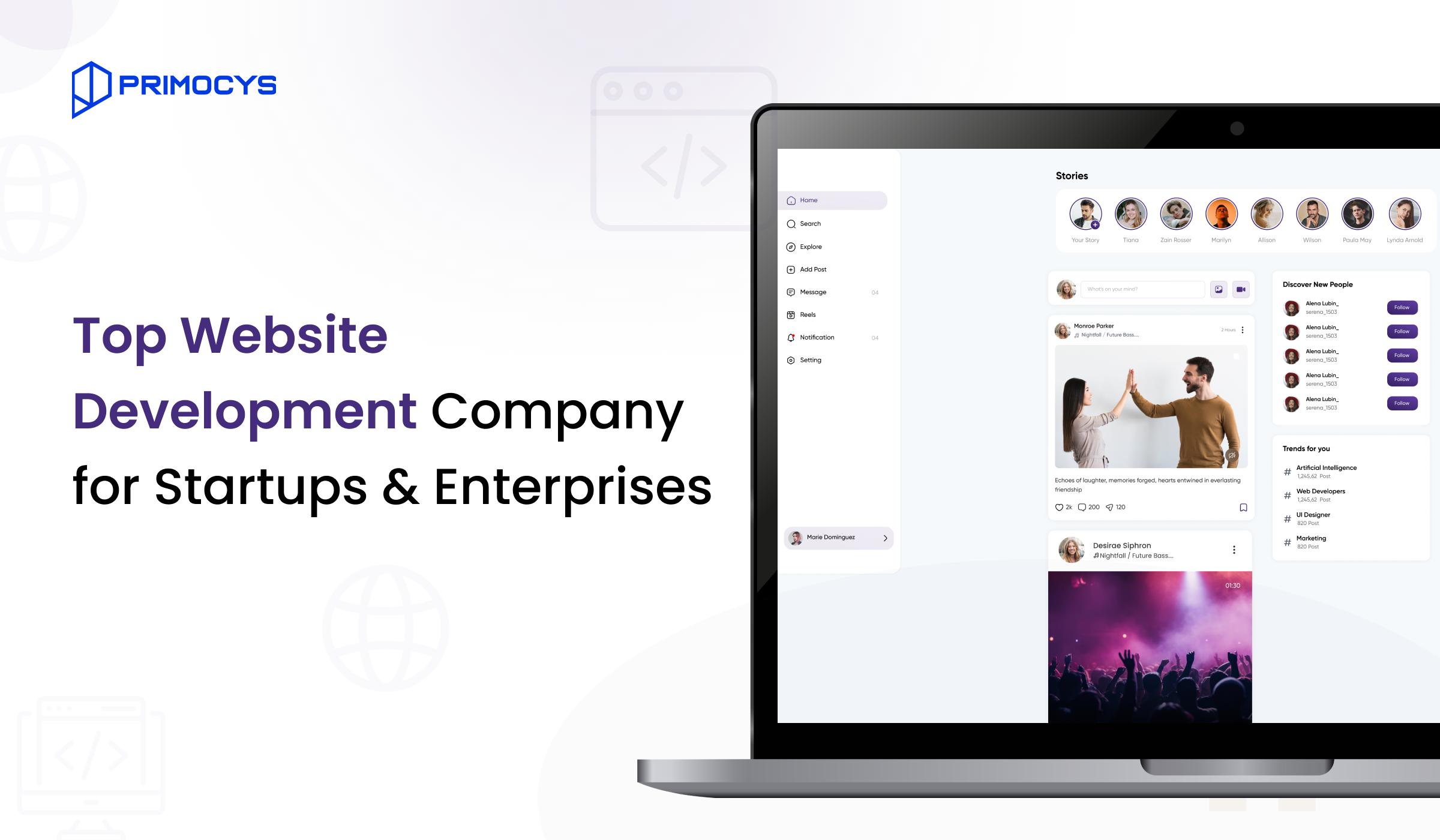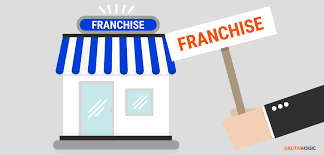Startup Pitch Decks That Win Funding: Templates & Strategies for 2025

Strong 8k brings an ultra-HD IPTV experience to your living room and your pocket.
Did you know that investors review a pitch deck for less than 3 minutes on average before deciding to pass or proceed? In a world where 90% of startups fail, your pitch deck isn’t just a presentation—it’s your lifeline to funding. This guide dives into actionable strategies, slide-by-slide frameworks, and SlideStack templates designed to help you craft a pitch deck that stands out in crowded investor inboxes.
Why Most Pitch Decks Fail (And How to Avoid It)
Investors like Sequoia Capital and Y Combinator emphasize that clarity and storytelling separate successful decks from forgettable ones. Common pitfalls include:
Information overload: Too much text, jargon, or unnecessary data.
Vague problem-solving: Failing to articulate why your solution matters.
No clear ask: Ambiguity around funding needs or use of capital.
A study by DocSend found that decks shorter than 15 slides have a 60% higher chance of securing follow-up meetings. Let’s break down how to structure yours.
The Anatomy of a Winning Pitch Deck
Based on analysis of 500+ successful decks (including Airbnb and Uber), here’s the 12-slide framework investors expect:
The Hook (1 slide)
Start with a bold statistic, question, or story. Example: “1.5 billion people lack access to clean energy. Our solution cuts this number by 30% in 5 years.”
Problem Statement (1 slide)
Quantify the pain point. Use visuals like a market gap graph.
Solution (1–2 slides)
Focus on how your product uniquely solves the problem. Include a demo screenshot or prototype image.
Market Opportunity (1 slide)
Use TAM-SAM-SOM models. Investors want to see a $1B+ market.
Business Model (1 slide)
Subscription? SaaS? Marketplace? Highlight scalability.
Traction (1–2 slides)
Monthly growth rates, revenue, partnerships, or pilot results.
Competitive Landscape (1 slide)
A simple grid showing competitors vs. your USP.
Go-to-Market Strategy (1 slide)
How will you acquire customers? Include CAC and LTV estimates.
Financial Projections (1 slide)
3–5 year forecasts. Be realistic but ambitious.
Team (1 slide)
Highlight relevant expertise. Include advisors or board members.
Ask (1 slide)
Specify funding needs and how it will be used (e.g., 30% product dev, 50% marketing).
Closing Vision (1 slide)
End with a memorable mission statement. Example: “Democratizing renewable energy for every household.”
Design Strategies That Captivate Investors
A Harvard Business Review study found that visually engaging decks are 43% more persuasive. Here’s how to nail the design:
Consistency: Use SlideStack’s brand kit tool to lock fonts, colors, and logos.
Data Visualization: Replace spreadsheets with interactive charts (try SlideStack’s live data widgets).
Whitespace: Avoid clutter. Use SlideStack’s “Minimalist Pitch” template for clean layouts.
Story Flow: Ensure each slide logically leads to the next. Use SlideStack’s “Presenter Notes” feature to rehearse transitions.
SlideStack Templates Built for Startups
Accelerate your deck-building process with these proven templates:
The Disruptor
Ideal for tech/AI startups. Features dynamic animations and tech-focused icons.
Green Innovator
Tailored for sustainability ventures. Includes ESG metrics and impact visuals.
Enterprise Edge
B2B-focused with ROI calculators and case study placeholders.
Real-World Example: How EcoCharge Raised $2M
EcoCharge, a battery-tech startup, used SlideStack’s “Green Innovator” template to:
Visualize their 300% YoR growth with animated bar charts.
Embed a 30-second product demo video directly into the deck.
Secure meetings with 5 top climate VCs, leading to a $2M seed round.
5 Mistakes That Kill Investor Interest
- Ignoring Mobile Optimization: 70% of investors review decks on phones. Test your SlideStack deck on mobile view.
- Overpromising: Avoid unrealistic hockey-stick graphs without validation.
- Hiding Risks: Address competition and challenges head-on.
- Generic Templates: Investors spot recycled Canva/Google Slides designs instantly.
- No Call-to-Action: End with next steps (e.g., “Let’s discuss a pilot program”).
Your Next Steps
- Audit Your Current Deck: Use SlideStack’s Pitch Deck Scorecard (free download) to identify gaps.
- Customize a Template: Browse SlideStack’s startup gallery and adapt a template in
- Practice Relentlessly: Share your SlideStack deck privately with mentors for feedback.
Final Thought
Your pitch deck is more than slides—it’s the narrative of your startup’s future. With SlideStack’s tools, you’re not just designing a presentation; you’re architecting investor confidence.
Ready to Start?
Explore SlideStack’s Startup Templates →
P.S. First-time users get 20% off with code SS20OFF.
Note: IndiBlogHub features both user-submitted and editorial content. We do not verify third-party contributions. Read our Disclaimer and Privacy Policyfor details.







